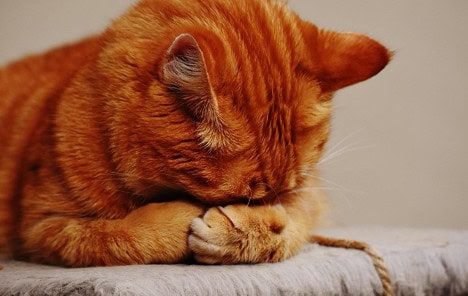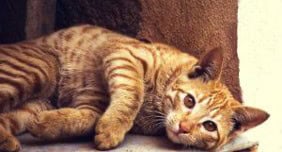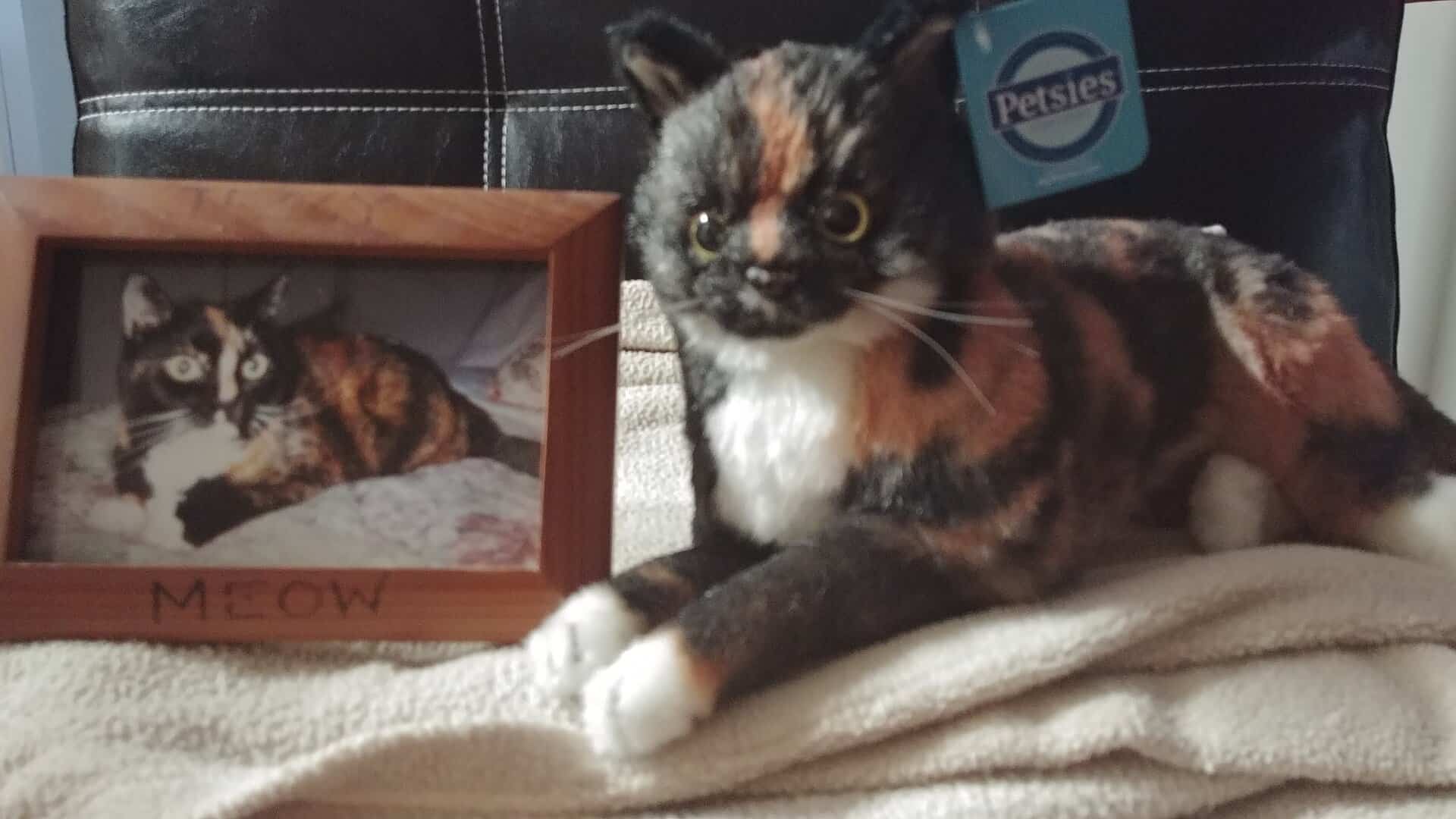We are a professional blog site that may receive compensation or free samples from the companies whose products and topics we write about. We are independently owned, and the opinions expressed here are of the writer. To read the full disclosure click here.
______________________________
The loss of a feline companion is not confined to the bond between cats and humans; the sense of loss extends to other feline family members as well. As cats are more naturally independent than humans or dogs are, they may not show signs of feline grief in the same way that humans do; however, they certainly grieve in their own feline way. Differences in behavior depend on the personality and character of the cat. For example, more independent cats may require more attention and affection. Conversely, social cats may become more introverted. These changes in behavior may only be temporary as the cat adjusts and copes with the loss of his or her feline companion.
The American Society for the Prevention of Cruelty to Animals conducted the Companion Animal Mourning Project in 1996. The study found that 46% of cats ate less than usual after the death of a companion cat. Around 70% showed a change in vocalization pattern (they meowed significantly more often, or significantly less often than normal). More than half of the cats became increasingly affectionate and “clingy” with their owners. Many of the cats slept more and changed the location of where they usually slept. Overall, 65% of cats exhibited four or more behavior changes after losing a pet companion. It’s important to also consider that many of these cats could have been reacting to their owner’s emotions in addition to the fact that the reporting of these changes could be weighted based on the owner’s individual perception of the grief.
Stages of feline grief
In feline grief, there are stages that can be classified by how the cat is behaving. The first stage is activation. Your cat may be vocalizing, pacing and searching, sitting in the window, and watching. The second is depression. The cat might be listless and disinterested in whatever is going on. The final stage is acceptance, not in the human sense, however, this is where we’ll find cats truly “coming into their own” in their character; becoming friendlier, more active, more individual, especially if the passing cat had previously dominated him.
The death of a cat leaves not only a change but a hole in many cats’ lives. On average, the healing process takes between two weeks and six months. What you can do to aid in the healing is to understand what, if any, differences the cat may be exemplifying. A grieving cat will need reassurance and attention. If your feline companion is reverting to a more introverted state, do not force unwanted attention on a withdrawn cat. Offer food treats, catnip or new toys to draw a withdrawn cat out of its shell, or to reduce a suddenly clingy cat’s over-attachment. Try to take her mind off the loss by engaging her in a favorite activity. And remember, some cats may not show any signs of grieving.
If you are concerned about your feline friend or if the grieving behaviors are not subsiding after a few weeks, consider seeking other means of medical support. Take your cat to a veterinarian who can better assess what, if any, additional measures need to be taken. Lap of Love Veterinary Hospice has a wealth of resources for those who have lost a pet recently and for their grieving cats.
Petsies are a special Pet Memorial Gift. They help animal lovers of all ages with their grief after a pet loss.






